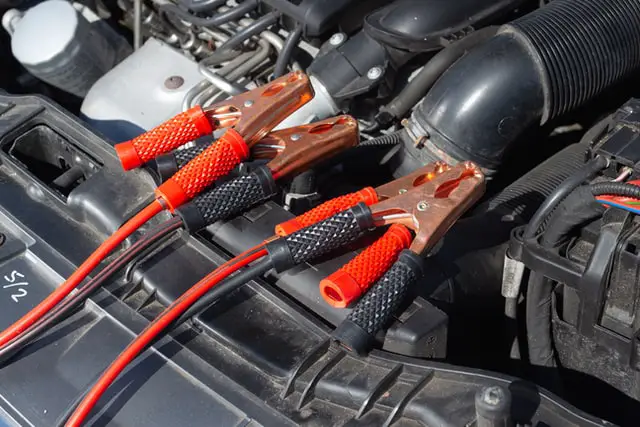OBD II Code P0603 indicates that your BMW 4-Series's engine has failed its own "Keep Alive Memory" (KAM) test on startup. Keep alive memory is a component of your Powertrain Control Module, or PCM. The PCM is the computer that controls almost every part of the powertrain, and the KAM within is used to store changeable settings relating to your BMW 4-Series's operation. Issues with the KAM can cause serious hazards like mistimed shifting & failed antilock brakes.
Keep reading – In this article we'll look at how to diagnose & repair OBD II code P0603 on a BMW 4-Series, as well as what can cause the issue in the first place.
What is OBD II code P0603?
As mentioned above, the P0603 OBD II code is a universal "Diagnostic Trouble Code" (DTC) that is triggered when your PCM fails its KAM test. This memory contains default settings that might be best to adjust depending on things like local weather conditions, driving styles, & even for things like tuning a car to race.
However, the flexibility this memory allows comes with the possibility for issues – namely that your BMW 4-Series might not be able to restore the settings for one of a number of reasons. After a few attempts to do so, your PCM will give up (until next restart) and activate DTC P0603.
Can I drive with OBD code P0603?
It's tricky to give a solid answer here but in general – don't! You run the risk of mistimed shifts, ABS issues, and fuel/air ratio problems from the carburetor, among other serious problems. If you don't have the skills or tools needed to fix P0603, get your BMW 4-Series towed into a shop that does.

Indicators for OBD code P0603
- Your check engine light will be on (unless you supressed it).
- Your engine might have trouble turning over & getting going.
- Misfires from timing issues can be associated with P0603.
- Shift timing problems in automatic transmissions
- Rough or "jerky" acceleration when you put your foot down.
- (Hopefully you won't notice) Antilock Brake System issues.
Potential causes for OBD II code P0603 on a BMW 4-Series:
There's a number of faults that can trigger P0603, but the most common by far is that your KAM isn't recieving the power it needs to, either because of a short or (more likely) a dead battery.
Tools needed to diagnose & repair code P0603
- Some sort of lighting, so you can see what you're doing! Any old flashlight or a sufficiently bright shop light will do the job.
- An Auto Battery Charger
- An Automotive-Grade Multimeter like this one.
- An OBD II code scanner – we like BlueDriver for this. The BlueDriver companion app comes with a lot of useful reference materials when sorting out OBD Code Problems.
How to fix OBD code P0603
There are a few things that can cause P0603 – we recommend diagnosing & repairing in the order listed here to avoid buying anything you don't need to, or doing more work than needed.

Check & Repair Battery Issues
- Take your Multimeter & check your battery's voltage by connecting it to the positive & negative terminals on your battery. If you're seeing less than 14 volts while idling or less than 12 when the engine is off, your problem is the battery's charge. Connect it to a battery charger & let it charge for a few days until it's full. Reset your OBD codes and drive normally for a few days, then try checking again. If P0603 returns, check the battery again.
If voltage isn't giving 14 volts at idle or 12 when the engine's off, you'll probably need a new alternator or battery. Batteries are usually pretty simple to swap in but alternators are something you'll probably want to let a shop handle unless you're a handy type.

Check your wiring, contacts, & connections
If the battery isn't the problem, the next step is a visual inspection of the connections between the battery & PCM.
Look for anything that's wet, corroded or dirty – or anything else that could be impacting the voltage your vehicle recieves. If anything like that is present, make sure to throroughly scrub or otherwise clean the connections.
Next, you're going to want to disconnect your Powertrain Control Module and test your battery connections, both inbound & outbound. Test the grounds from your PCM & battery as well – they have a way of getting corroded that causes issues like this. Replace any bad or corroded wires or any other electrical components, then clear your codes & try again.
If none of the above work…
If all else fails, you'll need to replace your PCM. This isn't a fun process & varies heavily on the vehicle. If you're wrenching at home, we recommend you not attempt this yourself.
Hope this article was helpful! You now know how to diagnose & repair OBD code P0603 on a BMW 4-Series. Check out these other articles while you're here!
As always, we strive for accuracy, but do your own research – we're not responsible for how you use the information here

